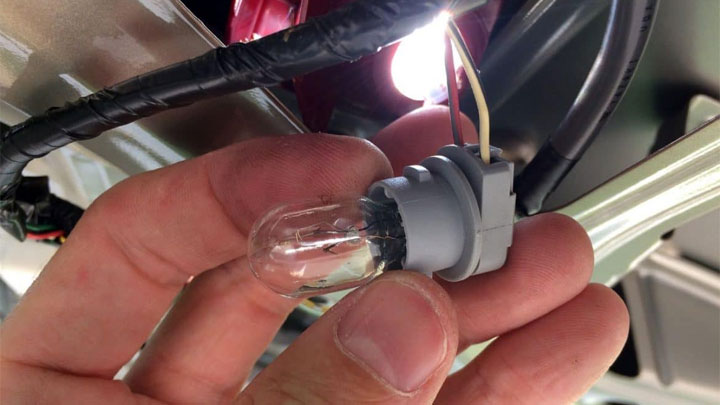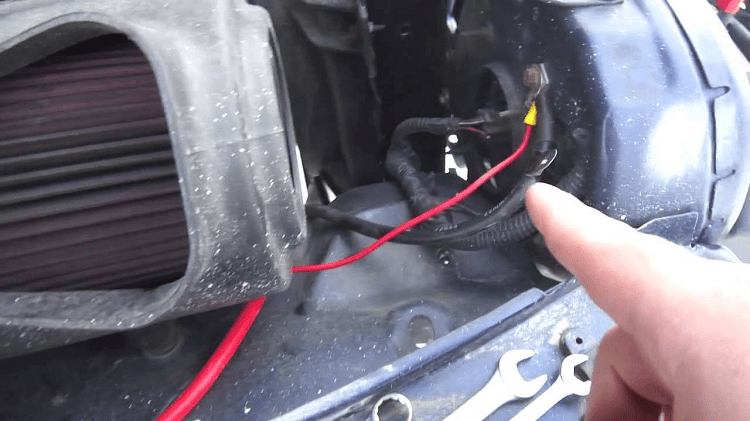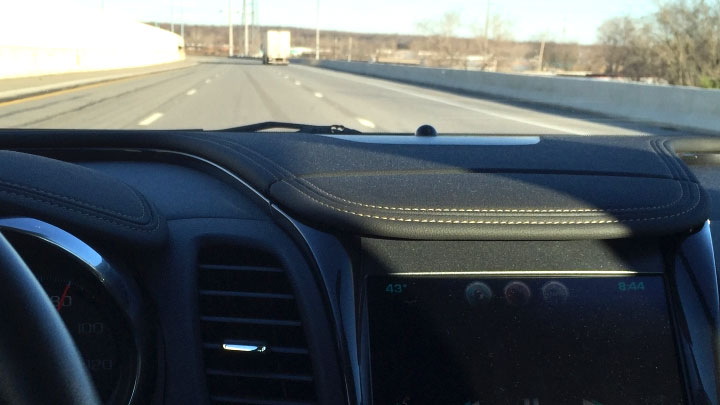Driving at night with either jeep brake lights or jeep tail lights not working is dangerous for you and other drivers on the road. It takes a long time to notice when the brake lights not working but tail lights are or vice versa.The cops will also flag you if they see you are during without functioning lights.
The possible reasons for jeep brake lights not working but jeep tail lights are:
- Bad Bulb
- Blown Fuses
- Worn Wiring
- Socket Failure
- Control Switch Failure
- Failing Sensor
Bad Bulbs
Brake lights typically use a dual filament bulb, and it’s possible for just one of those filaments to break. When that happens, you’ll get function out of one side of the bulb, like the brake light, but not the taillight.

The best way to identify a bad bulb is to remove it from the socket it is plugged into, and closely inspect the filament. The filament is the wire inside the bulb that creates the illumination. A broken filament means no illumination and you will need to replace it with a new bulb.
Blown Fuses

A metal band inside a plastic covering, it breaks when the current flowing through it gets too high (a protective measure). To see if a burned-out fuse is to blame, look in one of these places: behind a plastic panel under the dashboard on the passenger side; the main fuse box under the hood. Once you locate the dead fuse (they should be listed on the inside cover), you can test it with a fuse tester and replace it, if necessary.
Worn Wiring
If there is no electrical current reaching the socket, and fuses have checked out good, it is very probable there is a damaged or broken wire somewhere along the line. At this point, you’ll need to obtain a wiring diagram and visually inspect the wires along the tail light circuit for broken wires or cracked insulation.

Be sure to check the body grounds coming off this circuit as well. A dirty, loose, or broken ground wire will cause a failure in delivery of electricity to the sockets as well.
Socket Failure
If your vehicle’s taillights aren’t sealing properly, then everything inside gets exposed to the elements. While this can lead to problems all over, the most vulnerable area is the socket itself. These sockets can rust and corrode when they get exposed to the elements, leading to all sorts of electrical problems.

Whenever you’re replacing a bulb, you should look at the socket itself to see if it’s in good shape. If there is corrosion, use a wire brush and WD-40 to clean the socket. However, if the damage is bad enough, you’ll need to replace the socket.
Control Switch Failure
At home mechanics often overlook it, but it’s one of the most common reasons your taillights will stop working. The control switch in the cab of your vehicle tells your taillights when you want them on, and if the switch isn’t working the way it should, you’ll never get your taillights on!

Failing Sensor
Modern cars are awash with sensors that communicate with the vehicle’s computer. If a sensor fails, it can interrupt this complex design and cause a part to stop functioning properly. If both the headlights and parking lights fail along with the tail lights but the brake lights keep working, a sensor is likely to blame.

Ready to revamp your vehicle’s brake lights, tail lights, and more?
Head on over to SUPAREE and let the pros at SUPAREE help you make the perfect pick for all of your vehicle lighting needs.



Left tail light jeep wrangler 2021 not working brake turn signal and blind spot sensor are working any suggestions